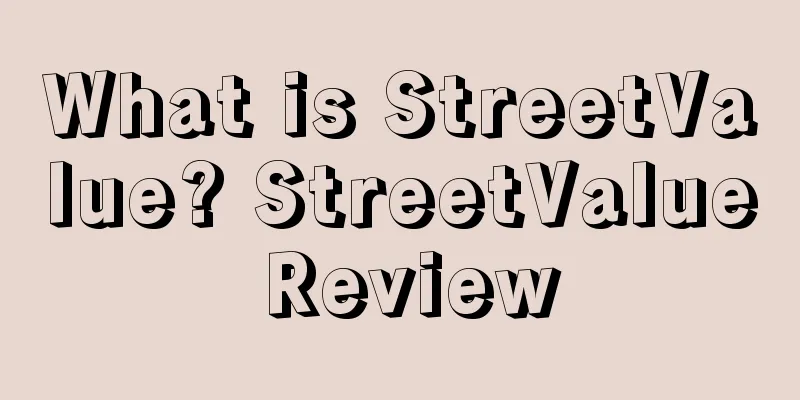U.S. consumer situation in May: general consumption downgrade, but willing to spend money on a few categories

|
Recently, McKinsey's consumer research team released an update on the US consumer situation in May. Overall, US consumer confidence is improving, but they are still cautious about spending. Consumption downgrades have spread to high-income and young people, who are only willing to spend big money on a few categories.
According to research, in May, U.S. consumer optimism showed an upward trend. In the first few months of this year, the proportion of pessimistic consumers remained stable, higher than at any time during the epidemic. The latest data shows that 36% of U.S. consumers expect the economy to rebound, up from 33% in March this year and 26% in June last year. Although consumer optimism has not returned to pre-epidemic levels in May, it is moving in a favorable direction. As before and after the epidemic, young people and high-income groups are most optimistic about the economy.
Consumption downgrade is common, and spending of two groups of people has fallen for the first time
The study pointed out that the actual spending of US consumers continued to decline. In March this year, the actual spending fell by 0.7% year-on-year. Although the United States has temporarily avoided an economic recession, consumers are more cautious in spending, and consumption downgrades are common among all consumer groups, especially among Generation Z and baby boomers, with 89% of consumers in both groups experiencing consumption downgrades.
In addition, the majority of low-income consumers and black consumers (89%), white consumers (78%) and Hispanic consumers (86%) are also downgrading. It is worth noting that 89% of high-income millennials are downgrading, which is much higher than the 58% of high-income baby boomers.
Real spending, which refers to spending before adjusting for inflation, also fell in May for all consumer groups, with spending by high- and low-income groups roughly flat compared with the previous year.
Notably, real spending fell for the first time in more than two years among higher-income consumers and millennials, the latter of which had seen the fastest spending growth during the peak of the pandemic.
Consumers' willingness to spend large amounts of money has declined, but they are willing to spend money on a few categories
The study pointed out that consumers' willingness to spend big is also weakening. Although Generation Z and millennials have a higher willingness to spend than other consumer groups, it has declined compared with last month. In March, 64% of Generation Z planned to spend big, but in May, this proportion dropped to 58%. Among them, the baby boomers have the weakest willingness to spend a lot, at only 29%, while high-income millennials have the highest willingness, at 79%.
In terms of categories, American consumers' willingness to spend big also varies. More than a third of respondents said they would spend big on food, travel and clothing, while only 25% planned to buy durable goods, such as jewelry and household items.
Editor✎ Ashley/ Disclaimer: This article is copyrighted and may not be reproduced without permission. |
Recommend
Terrible! New Year's gift - the "life-demanding email" from my brother-in-law arrives!
Amazon has been making a lot of moves recently, an...
What is Meilihui? Meilihui Review
Meilihui, as China's leading high-quality life...
Listing turned into a dog! A large number of stores were closed! Something happened to the spittoon seller...
Everyone knows that in the past two days, traditio...
What! Your Amazon Listings Can’t Be Displayed? How to Fix These Disabled Restrictions?
On Amazon, it is not uncommon for sellers to have ...
What is Amazon Discount Finder? Amazon Discount Finder Review
Amazon Discount Finder is a plugin that will help ...
How to choose keywords - reverse check competitor ASIN traffic words
one . Simple description 1. The more popular the ...
Will Amazon's self-operated business be hit hard? Antitrust bill may be introduced, sellers have an opportunity!
It’s less than a week away from the Spring Festiva...
What is Vcanbuy? Vcanbuy Review
Vcanbuy was established and launched in 2012. It i...
What is Kuaituo International Browser? Kuaituo International Browser Review
Kuaituo is a cross-border service tool product of ...
The first shot of the new year! Amazon's new feature to crack down on multiple accounts is launched!
Cross-border Business School Information and skil...
Amazon Verification Update! New plan can save up to $40,000!
Amazon changes account verification time!! In prev...
What is BingaBinga? BingaBinga Review
BingaBinga is a shopping platform for middle and h...
Amazon's "Related Videos" has been revamped!
1. Before the revision There are ten slots for vid...
Firework provides live shopping capabilities for Walmart! Launch of Walmart Connect!
Walmart has signed a deal with Firework to launch ...
Amazon has a new black technology? The new product has received over 10,000 traffic words and sold over 1,000 units in 10 days! What kind of technology can promote products like this?
Anonymous user My C position As shown in the pictu...









